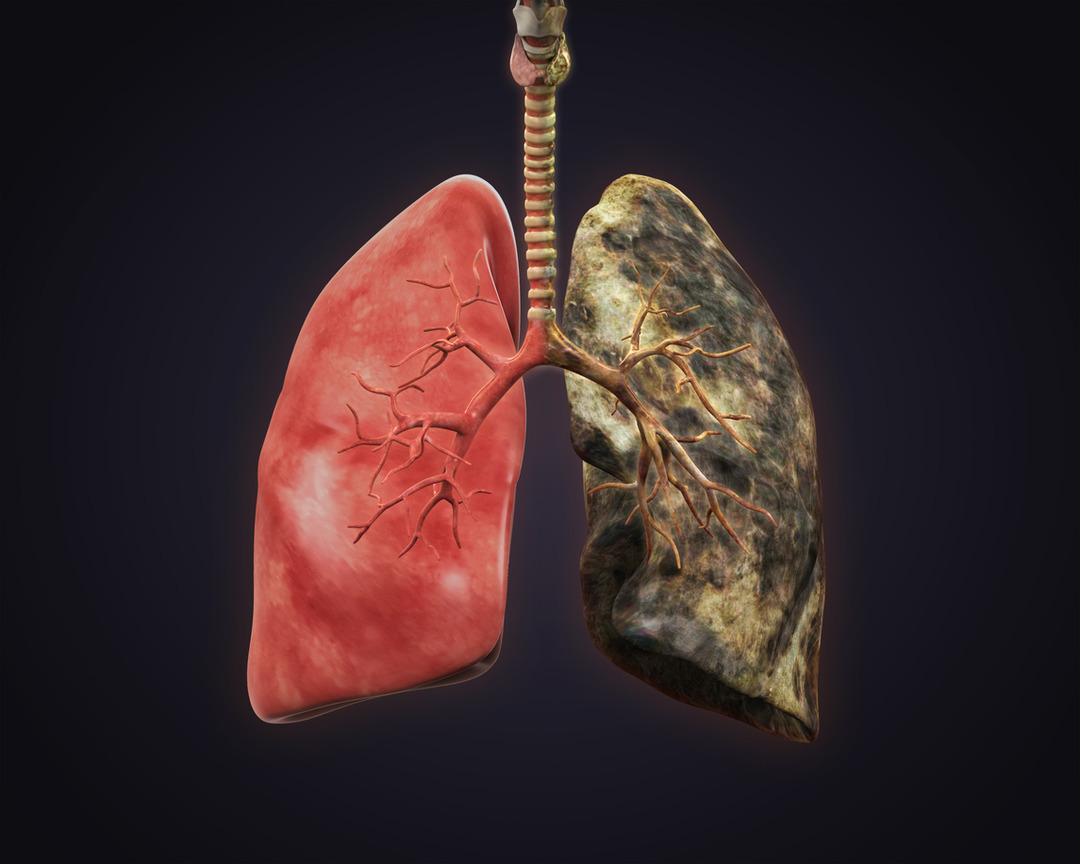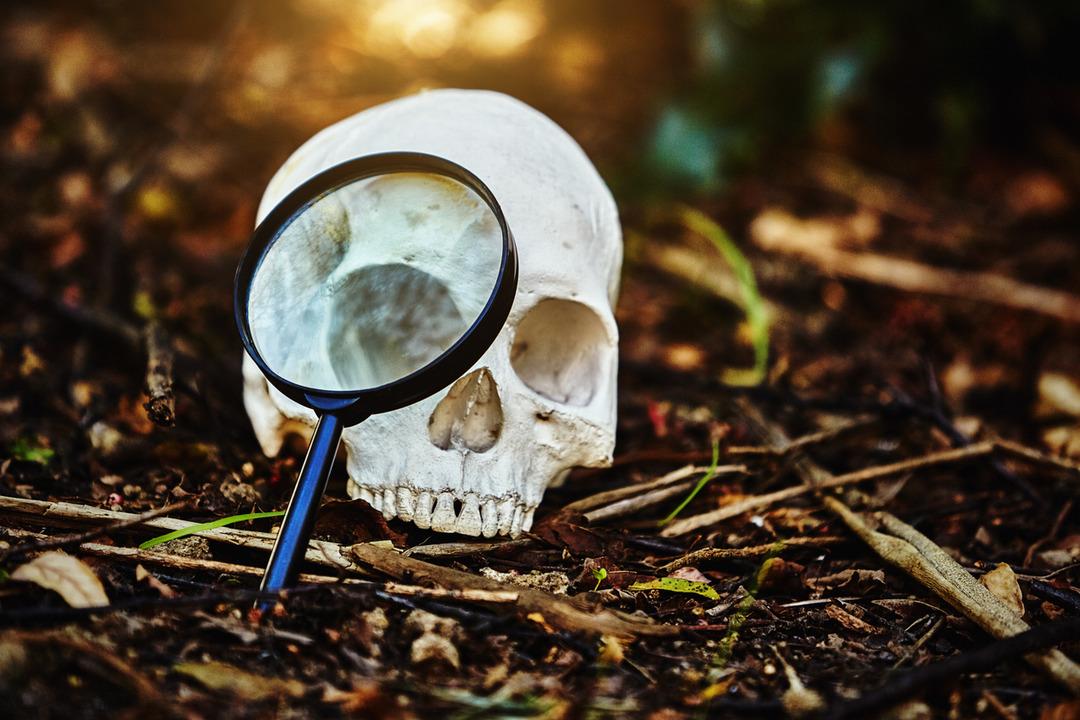Research by archaeologists has revealed that tobacco leaves traces on the bones of smokers that last for centuries, not only during their lifetime but even after their death. Researchers from the University of Leicester examined human remains buried in England between the 12th and 19th centuries, revealing the profound effect tobacco has on bones and its link to bone-related conditions such as an increased risk of fractures.
IT CAUSES SIGNIFICANT CHANGES
The study emphasizes that the introduction of tobacco to Western Europe approximately 500 years ago caused significant changes in the human skeletal structure.
To determine whether a skeleton belonged to a smoker, archaeologists would look for dental evidence, looking for stains or abrasions from pipe use. However, this method was often ineffective when teeth were missing.

The University of Leicester team examined 323 cortical bones from known tobacco users and people with unknown smoking histories. These bones covered the dense outer layer that gave the bones their strength.
Researchers analyzed the molecular structure of the bones and identified 45 different molecular features that differentiate the bones of smokers from non-smokers.
IT LEAVES A CLEAR MARK
The following statements were made in the research published in the journal Science Advances: “Tobacco consumption leaves traces in human bones that are distinctive enough to detect its use in people whose tobacco consumption is unknown. “Archaeological human skeletal remains have the potential to provide direct evidence that can be used to study past pathological and health conditions, including diseases related to tobacco use.”

One of the co-authors of the study, Dr. Sarah Inskip said: “Our research shows that there are significant differences in the molecular properties of the bones of people who used and did not use tobacco in the past. This finding suggests that tobacco use affects the structure of our skeletons. Our ongoing research aims to understand how these differences arise, which explains why tobacco use occurs in certain areas.” “It may have implications for understanding that it is a risk factor for musculoskeletal and dental disorders.”
ITS EFFECT ON BONES HAS BEEN LESS RESEARCHED
While the harmful effects of smoking on soft tissues and organs (such as an increased risk of lung, bladder and laryngeal cancers, as well as stroke and coronary artery disease) are well documented, its effect on bones has been less studied.

Smoking is known to be associated with low bone density, increased risk of fractures, and bone-related conditions such as periodontitis.
The research sheds light on the historical prevalence of smoking and also highlights the comprehensive and enduring impact of tobacco on human health.
